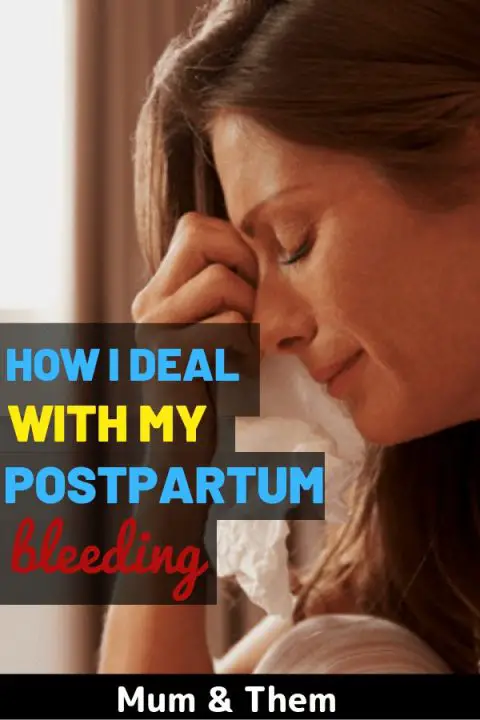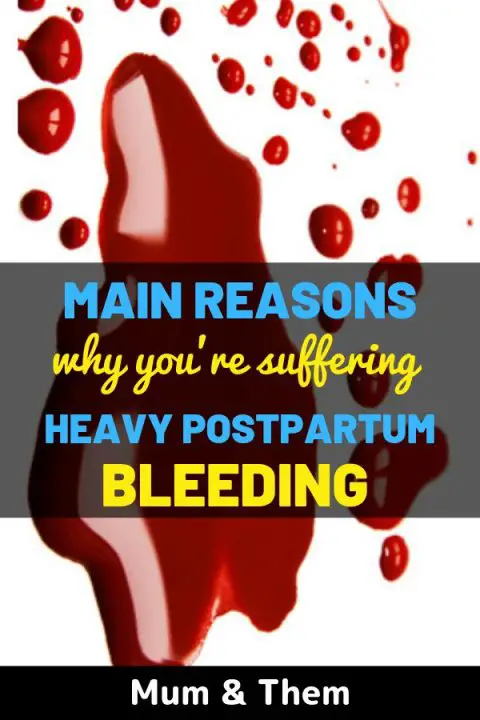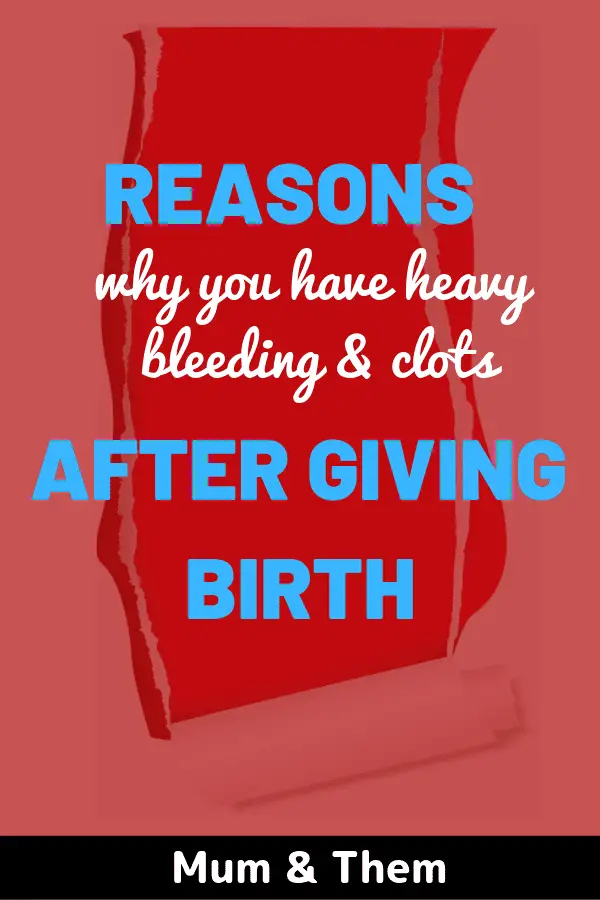Postpartum Bleeding after giving birth is one of the weirdest things ever for any newbie mom. You don’t want to discuss bleeding with your friends and parents. But the fact is that Postpartum bleeding is known as lochia also is normal natural for all women after vaginal or C-section delivery.
Lochia is a combination of mucus, tissues, and blood. It continues to discharge until your womb replaces its linning after giving birth.
Typically, vaginal postpartum bleeding lasts for a month. If your lochia lasts longer than a month, you should be ready to fight with it. Just kidding here is the way to cope with postpartum bleeding.
What is POSTPARTUM Bleeding or Lochia?
Vaginal Bleeding after birth means your uterus is healing itself after the delivery. The blood is a texture of red-brown color and is thick. The color gradually lights down with time.
In this post, I have included all that is about Postpartum hemorrhage, from bad to good to ugly. All human bodies are different and so are their Lochia outcomes. The blood loss is varied, it can last for six-eight weeks or more. Its color varies too and so does its amount.
- Timeline of bleeding after the birth process
- Factor Affecting Bleeding
- How to manage the bleeding
- When should you seek help
- BEST OPTION IS IRON SUPPLEMENTS AFTER A LARGE BLOOD LOSS.
Here is the solution on how to prep your bed safe from the vaginal bleeding and many other leakages like breast milk etc.
1. Timeline of postpartum bleeding stages after giving birth
The timeline is for general reference. All women’s bodies are different and so is their bleeding type and hence their recovery process is also different.
After giving birth to your young one, you’ll need to deliver the placenta. This one is the last or third stage of labor. In the third stage, the placenta is delivered with no reference ASAP.
Usually, bleeding after giving birth or in the third stage can be minimal or excessive. It is Postpartum hemorrhage and you can lose over 500ml or above blood.
A woman can lose a lot of blood in a matter of a few minutes after giving birth to her young one. Your birth attendant will deal better with this issue by providing you with extra medication, fluid, medical techniques to help you slow down the bleeding.
In-hospital bleeding for the first 24 hours will be monitored closely after the birth process.
2. First days of Postpartum Bleeding after birth to expect
Day 1: You have massive blood flow. The color of the blood is fresh red to brownish red. You need maternity pad in almost every hour of the day with big clots or several small ones. What postpartum mom needs for her comfort & rest here is the item list to stop postpartum bleeding faster.
Day 2 to 6: Color of the blood is darker brown or pinkish-red. The flow of blood is moderate with 8cm to 12cm stains on your maternity pad with the smaller size of the clots.
Day 6 to 10: The color of your blood which was dark-brown or pinkish-red turns lighter than ever these days. Your flow also minimizes to a 7cmm stain on your maternity pads.
Day 11 to 14: The color goes lighter these following days. The flow is light and you hardly need the maternity pads(Don’t bail on them, though)
4 Weeks postpartum bleeding: The color downs to a pale cream-ish white mucus, bloodless with a light flow.
Postpartum bleeding after 6 weeks: Brown, pinkish-red blood, or creamy yellow stains on your maternity pads for several weeks or a few days.
Oh, a deep sigh! Finally over, the hard days are now gone. It’s very tough to deal with lochia but my dear young ladies, do not worry, this time will also pass, just be patient and calm down. We are the human avatar of God, we are the wonder woman and enough tough and sturdy to give birth and cope up with all the pregnancy difficulties.
Whenever you feel down or done with all these weird stuff like labor pain, postpartum, and breastfeeding… just look at your newborn. He is our reward for our hard work. I think I have made my point.
3. About clots with Postpartum Hemorrhage
They’re common. You can discuss clots with your midwife as she can track down what’s happening. If you’re giving away a lot of large clots for more than 24 hours then it can flag up something serious.
Passing out lots of large clots after giving birth can be symptoms of primary postpartum hemorrhage. Every five in 100 women have primary postpartum hemorrhage after the birth process.
It’s better to get quick treatment before it becomes any major hemorrhage. Treatment involves helping your uterus to contract through massage.
It’s very necessary that doctors make sure all of the placentae have come out. Did you have a drip in your arm and blood taken for tests to diagnose what is the cause of these massive clots?
4. Factor affecting Vaginal bleeding
Breastfeeding – While breastfeeding, your hormones remain at a higher level. This will help you to control your bleeding and tail it off at a natural rate. How? I’ll tell you.
Breastfeeding stimulates the release of oxytocin and it causes your uterus to shrink down after the birth process. Oxytocin causes uterine contraction, which can reduce postpartum bleeding.
Breastfeeding helps your uterus to contract and can cause small gushes of blood. This settles down after finishing breastfeeding. No, most of the time, these contractions are painless and can increase the blood flow a little bit.
All women experience postpartum bleeding after giving birth which is not at all menstrual periods. Breastfeeding suppresses menstruation for weeks, months, and even years.
The third stage of lochia – After the birth process, the placenta is delivered quickly. The time between delivery of the baby and the placenta is known as the third stage. Which can affect heavy bleeding and more considerable clotting?
You can take a longer time to recover from this stage if you have:-
- Active third stage
- the incomplete placenta
- Retained placenta.
If you have any symptoms of these points mentioned above. Just call your doctors and take proper medication and treatment. Excessive blood loss can cause endangerment to any mother’s life. Your gynecologist may prescribe you blood-thinning medication to prevent more massive clots.
You’re advised to take full bed rest by lying down flat. You’ll usually notice a heavy blood flow while standing up or when you wake up from your sleep.
Bleeding after giving birth should not be considered the same as your regular period. This may result in your body being at high risk of infection.
Maternity pads
Mostly, you have to use thick and more absorbable maternity pads, immediately after the birth process. Maternity pads should be more significant, cushioned, and more comfortable for the tender area. You can also see clots easily on your pad, no matter if they are big or small.
You should change your pad every 2 hours or more if soaked. While changing pads, observe the color, volume of blood, and any strange smell. If you notice anything weird or different tell it to your doctor or your midwife.
After one or two weeks, when the blood flow slows down, you switch to regular sanitary pads. And finally, when the bleeding is minimized, you can use thin panty liners for support.
5. Tampons
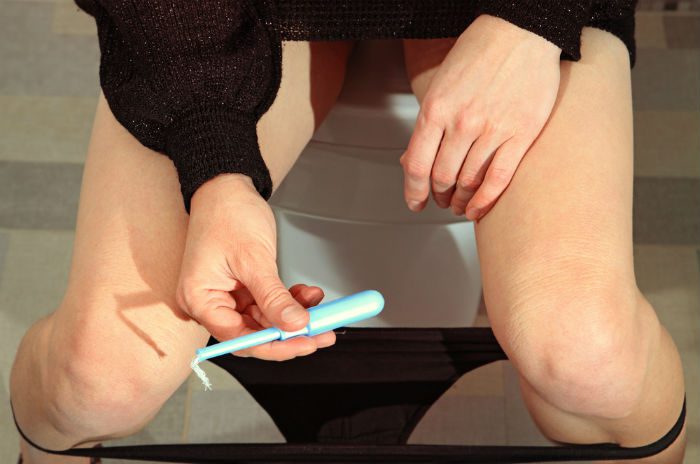
The best advice about the tampons in postpartum merely is not to use them at least for a few weeks after giving birth. They can increase the risk of infection in your vagina or your uterus. Tampons also make it hard to monitor how much blood you have lost during postpartum and what is its volume.
6. Urination
It’s important to pass urine regularly after the birth process. Try to empty your bladder frequently and don’t wait for a long time. If you’re passing a small amount of urine than increase your fluid intake which will help you to urinate frequently. By drinking lots of fluids, you can help you kick the urge into high gear.
A full bladder will help your uterus contraction but any damage may lengthen your bleeding. If you face trouble while urinating or it hurts when you pee after giving birth then pour some warm water over your genital area, it helps to reduce the stinging sensation while passing urine.
7. Rest

All newbie-moms need rest, a lot of it! The first reason being, the first few weeks after the birth process, mothers are establishing their milk production and they are coping up with postpartum problems. Your body goes through trauma and it is important to recover.
Fully recovery after the birth process can take months or even a year. Remember, one thing, the more you take rest, the more you’ll feel better. Pay attention to your body for at least six weeks after the birth process.
Concentrate only on nourishing your body with good food, drinking lots of fluids and water, and of course plenty of sound sleep. If you try to get back on your daily routine, you are only increasing your bleeding with activities which are a sign that your body is telling you to slow down.
Seek immediate help:-

Your heavy flow of blood during postpartum can tell you that you’re not well and you need medical treatment so be careful if there are any of the following signs:
Sudden heavy postpartum bleeding:-

If you start to bleed heavily with the massive clots and you feel sick, immediately call for help.
If you’re soaking a thick maternity pad nearly all the hours of the day. It’s not normal. Seek medical attention, it may be a sign of postpartum hemorrhage.
Bright Red Loss – Your bleeding should be minimized within a week. If any ongoing bright red loss, it should be discussed with your midwife for advice.
When Feeling Unwell:-
If your tummy hurts through touch, it may be the sign of a uterine infection. This is the most common problem with women who go-through C-Section, forceps, or incomplete placenta. You need immediate medical help for postpartum sepsis.
Offensive smell:-

If there is an offensive smell to your maternity pads, It might be a sign of uterus infection, too. This means you can have any type of infection in your uterus, vagina, or any type of urine infection. Contact your doctor and get proper antibiotics to get rid of any type of infection as soon as possible.
Broad types of clots:-
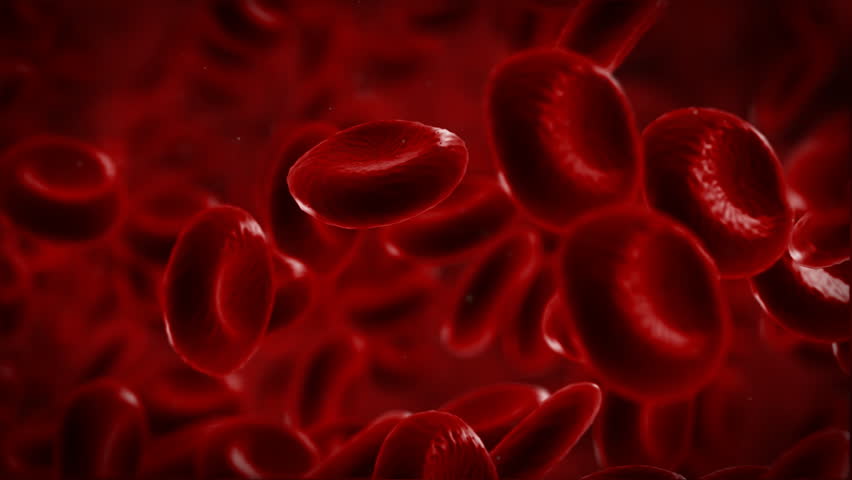
This problem concerns/alters uterus contracting. Often, it’s the small pieces of placenta left inside the uterus. If you’re not giving attention to these clots, you may develop an infection or having heavy blood flow. Talk to your doctor and get proper treatment.
These are all the possible ways to guide your heavy bleeding after the birth process. If you have any sign of heavy blood flow, immediately get medical help. Happy motherhood journey and
TAKE CARE.



